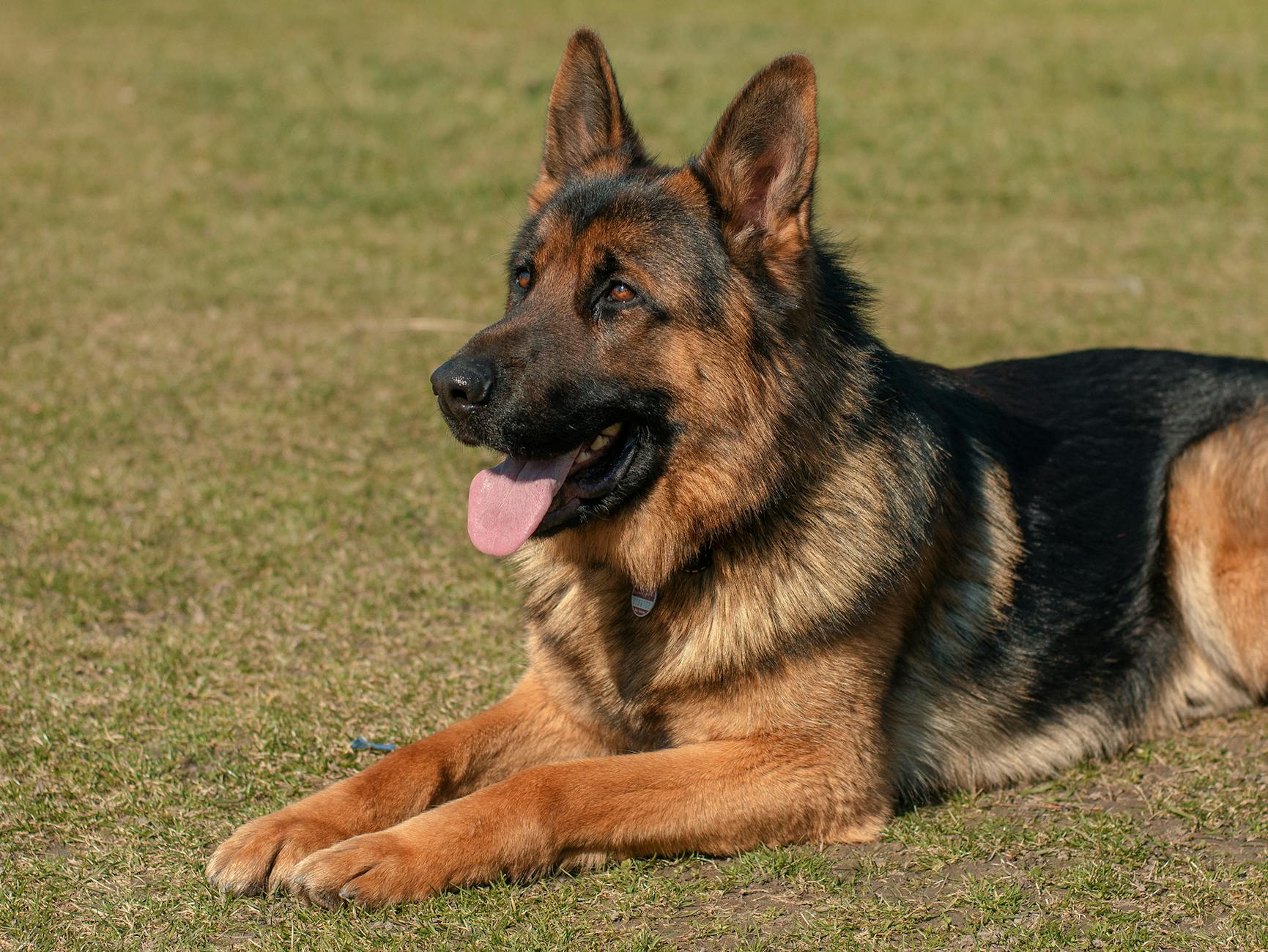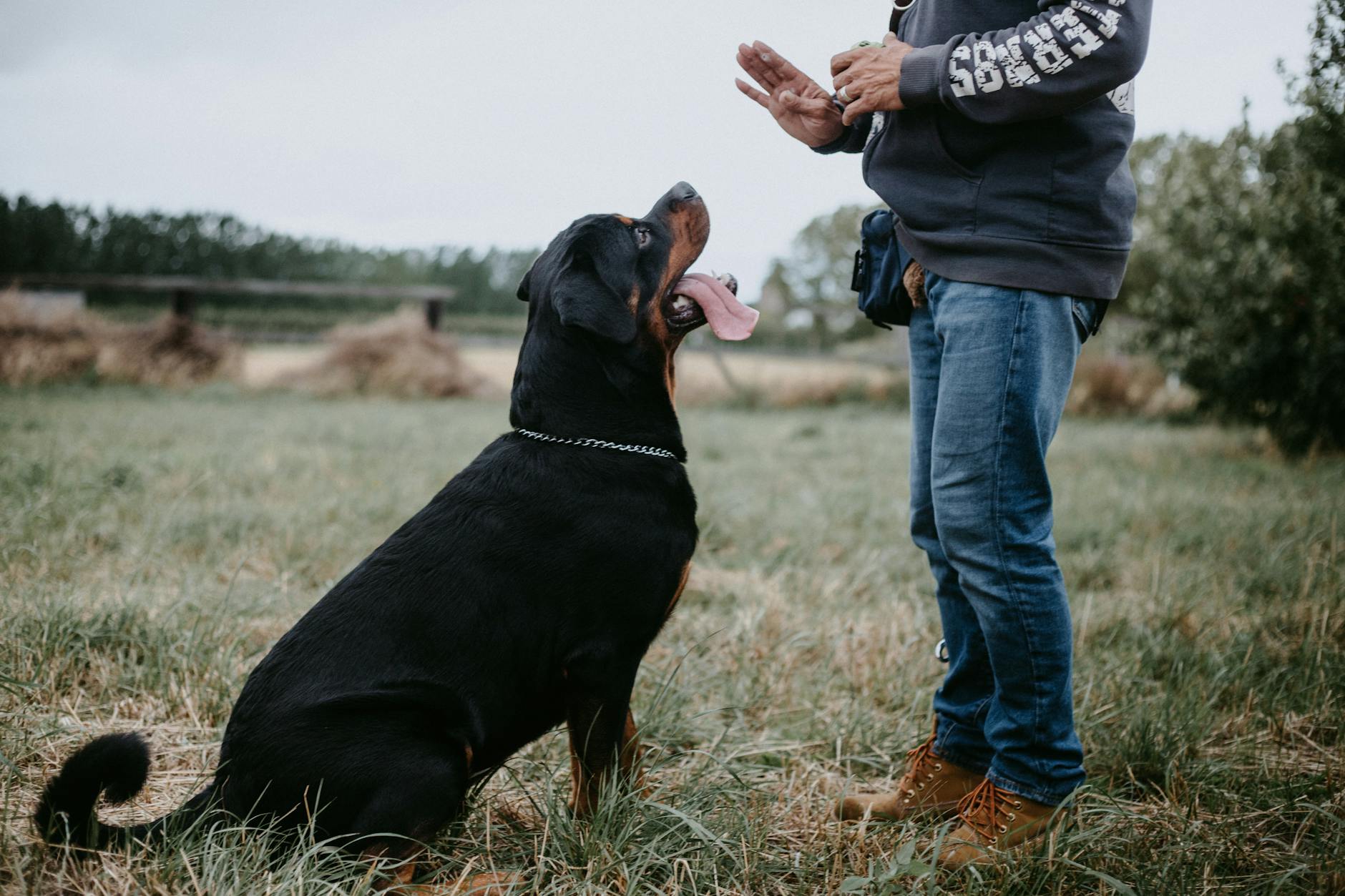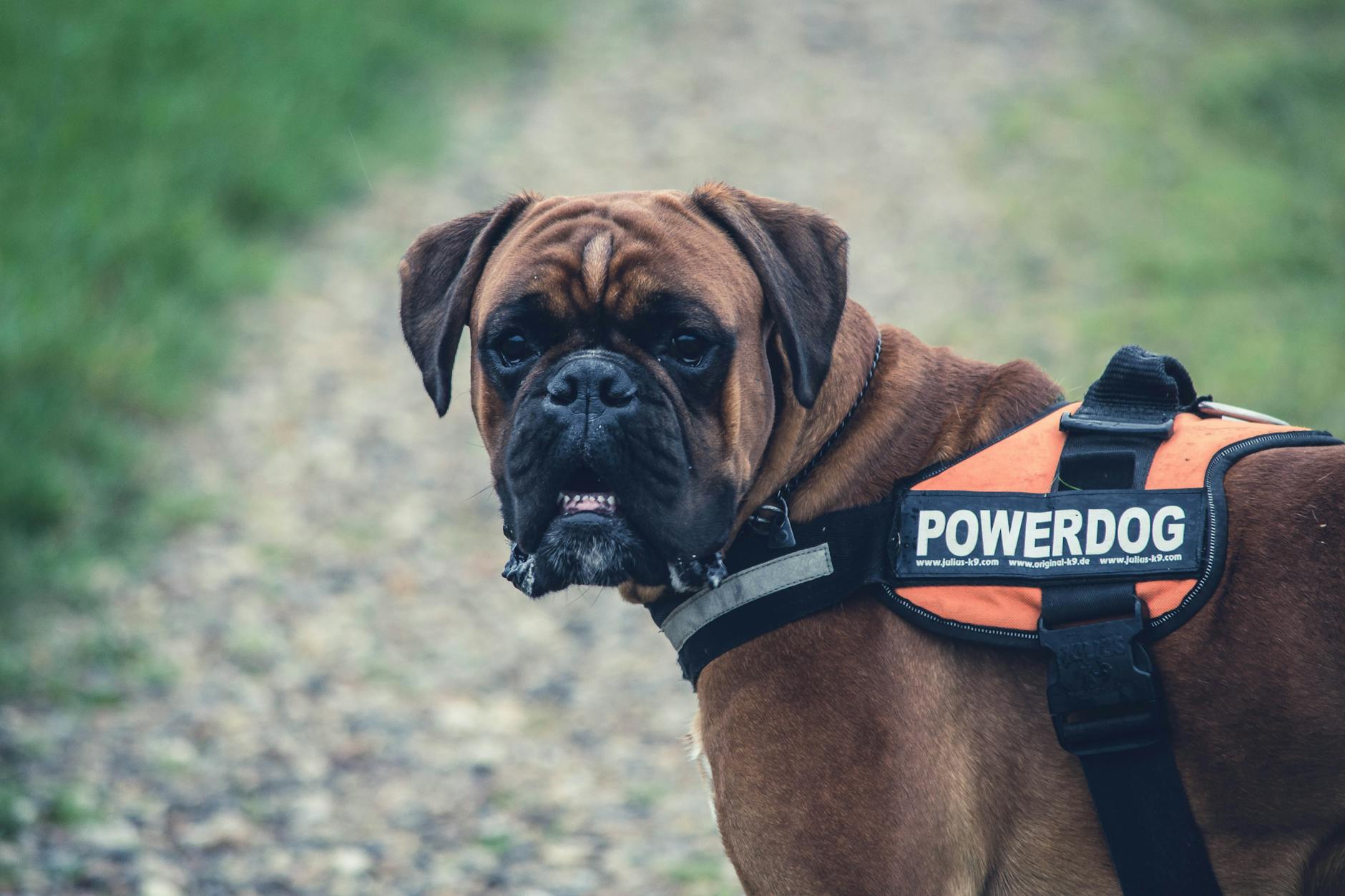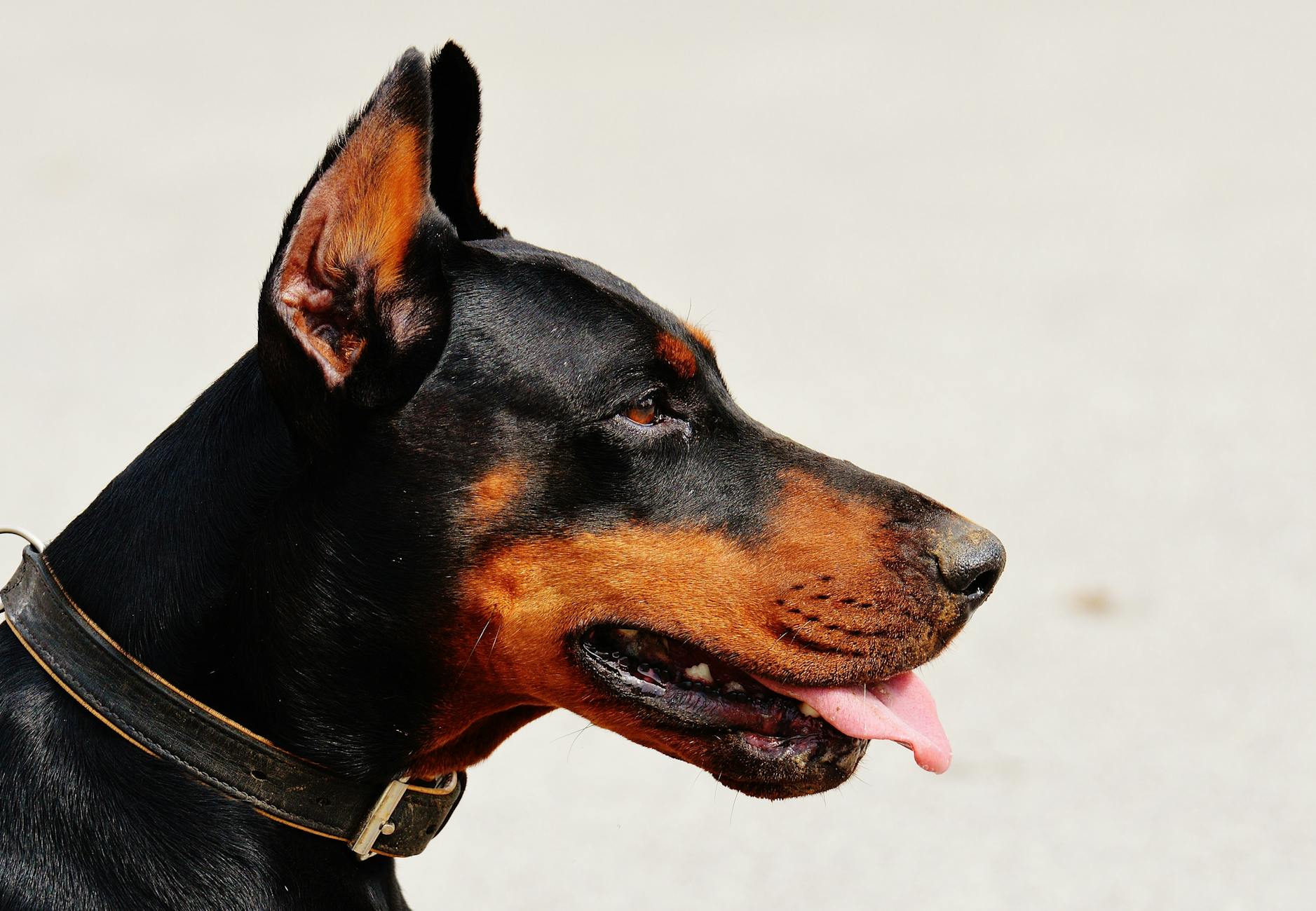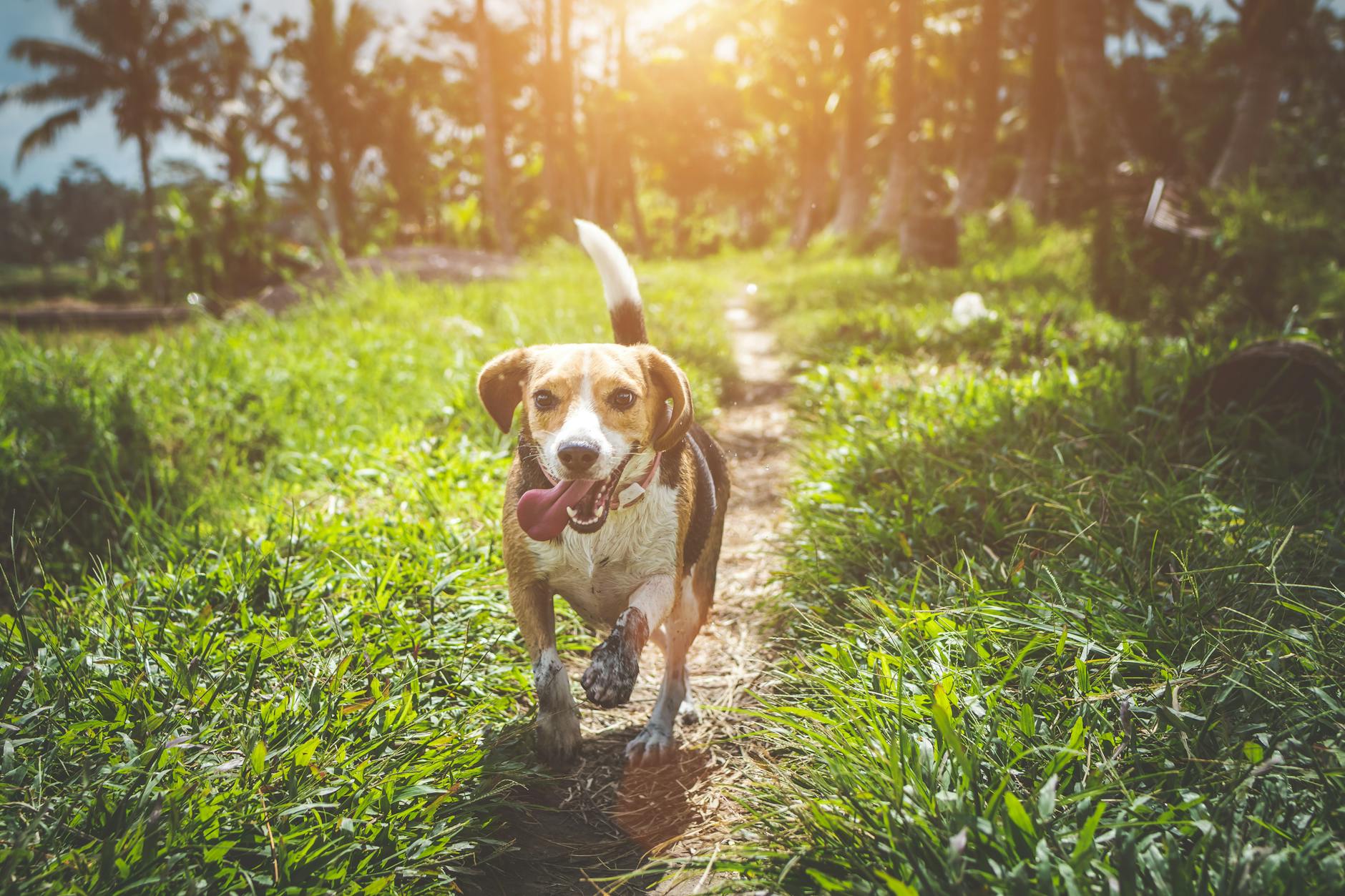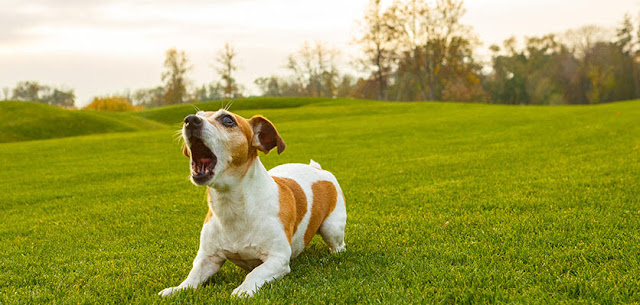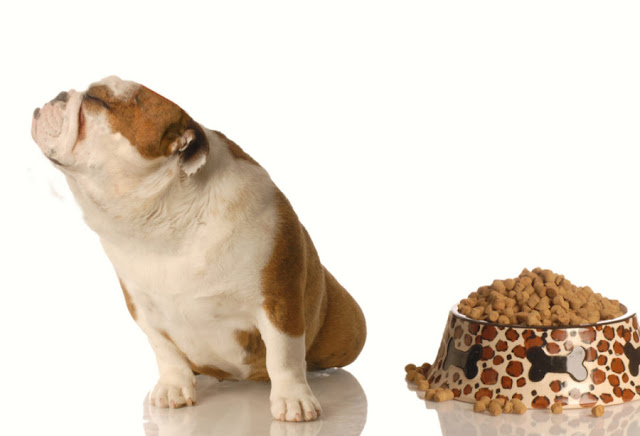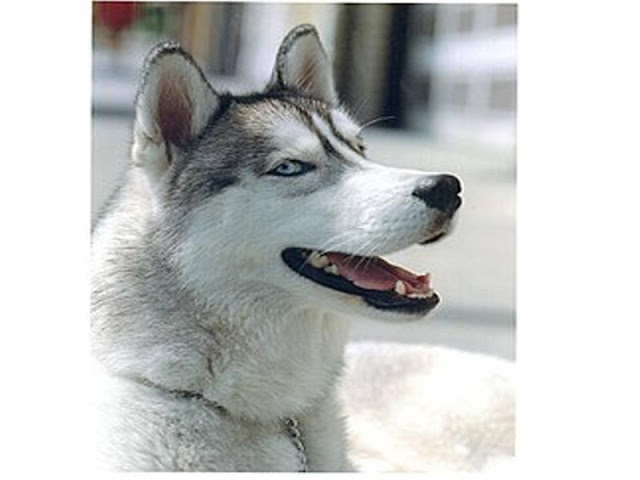We are used to the fact that cats either peacefully purr on our laps or don’t pay any attention to us at all and live strictly for their ...
20 Animals That Were Caught in the Middle of Their Own “Madness”
We love our dogs, we even consider them as important parts of our families, and we care for them so much. But sometimes, and withou...
11 Things You Should NEVER Do to Dogs

We love our dogs, we even consider them as important parts of our families, and we care for them so much.
But sometimes, and without realizing it, our actions can hurt them.
Here are some things you should avoid doing to your dog:
#1 Leaving Harmful Objects Around Him
Dogs are known to be curious, and like exploring all sorts of things; they can chew and swallow whatever they dig up.
If not supervised, they can get themselves in serious trouble; so never leave harmful and dangerous objects around them, because you don't want your dog having something stuck in his throat, or eating something poisonous.
open next page to see more ->
Never do that! And don't self-diagnose or auto-treat your dog.
Parasites like ticks, fleas, and worms may seem small, but they are dangerous, and they can affect your dog’s skin, vital organs, and immune system.
#3 Always Yelling at your dog
Dogs don't understand our language, so yelling at them when they do something bad is not the best thing to do.
Yelling at them will only scare and confuse them.
Regular teeth care is a must for dogs.
Just like humans, dogs get food stuck between their teeth, on gums and teeth walls, brushing them is needed to keep their teeth healthy.
In addition to brushing, you can get your dog a special plastic bone; it can help him clean his teeth while having fun at the same time, and by doing so, save you a lot of vet money.
Also, regular visits to the vet are crucial to follow up with your dog's oral health.
#5 Letting Your dog Eat Everything
Dogs can't eat everything, some foods might be poisonous for them, so you should be careful about what you give them.
You should as well avoid overfeeding them, dogs don't know when to stop and it can lead to overweight.
This is the list of some foods that are not recommended for dogs.
- Onions contain ''Thiosulphate'' which is toxic for dogs.
- Tomatoes can cause ''Solanine toxicity'' that can be fatal - Citrus foods can upset your dog's stomach - Macadamia nuts - Grapes and raisins - Garlic - Avocados - Xylitol
#6 Leaving Your Dog Alone In A Car
Even if the weather is cold, a car can heat quickly, in fact, a car's temperature can rise by 20 degrees in just 10 minutes, so a dog should never be left alone in it.
Dogs don't sweat like you, so, their body temperature can rise quickly if left alone in a car ant that can lead to deadly consequences.
Signs of overheating: - Excessive drooling - Excessive Wheezing - Looking furious and mad - If they start vomiting, then it’s an emergency!
#7 Choosing The Wrong Collar
A dog's collar is a necessary accessory of his body, as he will have to wear it all day.
Be sure to choose one that fits your dog perfectly, not too loose and not too tight.
If your dog is playful, loves exploring, then it's better to get him a harness because the collar can cause serious damage to his neck if you try to pull him too hard.
Some owners crop their dog's ears and dock their tails for purely aesthetic purposes, just to give them more desirable looks, it's nothing but physical and psychological mutilation for our beloved creatures.
Cropping a dog's ears or docking his tail can make it hard for his owner to understand what his puppy is trying to tell him, and difficult to communicate with other dogs, as ears and tail are a big part of a dog's body language.
In addition to that, docking a dog's tail can make him develop a neuroma or a nerve tumor.
Many European countries, Australia and Canada have banned ear cropping, and hopefully, all other countries will join soon.
#9 Tapping on your dog’s nose
Dogs' noses are very sensitive, they are loaded with thousands of nerve endings and that makes them one of the most delicate parts of their bodies.
Tapping your dog's nose for correction or just for fun may provoke fear that can lead to him being aggressive as a form of self-defense in the long term.
When in an eating dog pack and some are done feeding, they never disturb the ones that are still eating.
Taking your dog's food away or disturbing him while eating may result in some serious issues, as it can make him aggressive, defensive and insecure.
Meanwhile, you can supervise your dog closely without annoying or troubling him, it will make him feel more confident and less insecure.
#11 Dressing your dog
Dressing your dog in bright colors might seem cute and funny, but, by doing so, you will make it hard for him to socialize with other animals, in fact, bright colors in the animal world are considered poisonous.
In addition to that, some clothes can be too tight or made from unbreathable fabrics, and that can make your pet feel uncomfortable.
Dangerous, Unruly, Aggressive, A threat to society. These are just some of the adjectives that certain dog’s breeds have been called at so...
9 Dog Breeds That Are Completely Misunderstood
Dogs are wonderful companions. They offer us unconditional love, and so much more. So it's only fair that we reward their commitment b...
10 Things Our Dogs Can’t Do By Themselves
 |
| image source : www.maxpixel.net |
is important to keep him healthy since dogs get ear problems so often.
 | |
|
No one can deny that being a dog owner makes you learn so much about them to the point of almost becoming a dog trainer yourself. You will...
Teach your dog how to speak
Trick or treat
Have you ever got lost trying to figure out your dog's meals? What do they love? What's good for them, and what's not? I'm...
The Most Important Things To Know Before Cooking Homemade Food for your Dog
Dogs are by far the most popular family pets. They are cute, loving, offer unconditional love, companionship and loyalty to their families...
10 Dangerous Dog Breeds for Families with Kids
This Japanese breed became one of the most popular due to trending videos about its cute smiley face. But unlike their appearance, these cute dogs have a definite loyal streak in them, so much so that they can present a danger to others they are not familiar with. This is why they tend to attack random children and strangers.
These dogs were originally bred to be guard dogs, this is why they can be aggressive and territorial.
These dogs are generally good-tempered lovable and cuddly, they are also easily overwhelmed by children and the stressful situations they create. So if you have a family with noisy children Russian toy dog is not recommended because they get easily stressed out, and worried, which ultimately lead to aggression.
Dalmatians reached the peak of popularity after the Disney movie “101 Dalmatians”. However these beautiful dogs are not like they were pictured in the movie, as they are known to bite without notice, which can be very dangerous to your children.
Even though this breed is so tiny and small they are known to be feisty and notorious. They are also called nervous dogs, they don’t tolerate rambunctious children and tend to be aggressive around them.
This breed is commonly known as the dog that does not bark which makes it popular and wanted by families with children. But they are very energetic and feisty, they require a lot of training and activity as they become destructive when bored.
Also known as the Central Asian Shepherd dog, this breed presents a robust dog of greater than average size with great strength and power.
In Thailand, a gold-hearted woman named Orawan Kaewla took the habit of helping stray dogs near her, by feeding and checking on them every...
A street dog found a special way to thank the woman who feeds him every day
Can the passionate licks of your dog be a symbol of love? Ever wonder what your dog is thinking when he slurps your face like a lo...
Unexpected facts about dog kisses
There are so many things that i think are crucial for a dog to learn, that’s why it has been a little challenging to come up ...
10 most important things to teach your dog














